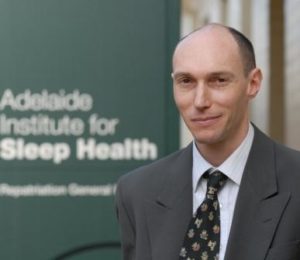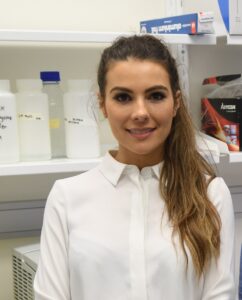A personalised body-clock tracker, treatments for adolescent disordered eating, halting dengue fever in its tracks and unlocking the nexus between memory loss and dementia have been awarded National Health and Medical Research Council Ideas Grants.
The Flinders University researchers and their teams have collectively been awarded more than $3.3 million in this Ideas Grants round to drive the development of improved healthcare solutions.
Deputy Vice-Chancellor (Research) Professor Robert Saint says the latest grant announcements further signposted Flinders’ impressive research performance growth.
“It is part of our mission to pursue ambitious innovative health and medical research that can shape our future and make a positive difference to people’s lives,” Professor Saint says.
“We have incredibly talented researchers here at Flinders University whose vital research is already making an impact by addressing some of the most complex issues affecting people around the world today.
“This funding will enable our dedicated researchers to accelerate their research and innovation so we can build and develop the knowledge and capabilities that improve lives and enhance society. I’d like to congratulate all the grant recipients and wish them good luck on their path to discovery.”
About the Flinders University projects:

Personalised daily body-clock tracking and circadian light therapy retiming to improve sleep, performance, health and safety ($1,335,760.35)
Lead researcher, Professor Peter Catcheside, College of Medicine and Public Health says:
“We want to solve one of the biggest ongoing problems in sleep medicine by devising a practical way to reliably track and treat people with a body-clock timing problem.
“We will use a range of technology, including heart rate, skin and core body temperature and motion monitors, in combination with physiology and engineering analysis methods, to track the daily core body temperature minimum time. This is a key marker of when the body-clock is most sensitive to re-timing effects of blue-enriched light.”
Targeting outcomes of adolescent disordered eating: identifying and integrating novel molecular and biopsychosocial risk models ($624,126.00)

Lead researcher, Associate Professor Sarah Cohen-Woods, College of Education, Psychology and Social Work says:
“About 15% of Australian girls experience an eating disorder by age 19. Impacting so many teens, it is critical to improve the detection, progression, and the health impacts of disordered eating.
“This pivotal work will identify biological, psychological, and social factors that collectively influence disordered eating, and how teenage disordered eating can lead to poor physical and mental health outcomes in early adulthood. Through this we will be able to better inform treatment and crucially early intervention in the future.”

Understanding and exploiting the mechanism of action of a novel dengue virus inhibitor ($755,276.00)
Lead researcher, Dr Nicholas Eyre, College of Medicine and Public Health says:
“There is an urgent need for safe and effective therapies to treat dengue virus (DENV) infection. Potent and safe inhibitors that target the viral NS4B protein have recently been developed and are in advanced stages of clinical development. This project will employ advanced proteomics, molecular virology, high resolution microscopy and molecular modelling approaches to reveal new details about the precise effects of these inhibitors and mechanisms of viral resistance.”
A phosphorylation signature controls memory traces ($590,547.40)
Lead researcher Dr Kristie Stefanoska, College of Medicine and Public Health says:

“Alzheimer’s disease is characterised by prominent memory loss. To improve treatments, a better understanding of the molecular basis of memory is required. This project will communicate a new understanding of memory based on a key Alzheimer’s factor – the tau protein.
“Using a series of innovative approaches in memory-containing brain cells, the results will provide a compelling answer for how tau and memory are physiologically connected. The work will serve as a prime paradigm to study how individual memories are created and maintained and help explain memory loss in tau-related dementia.”




